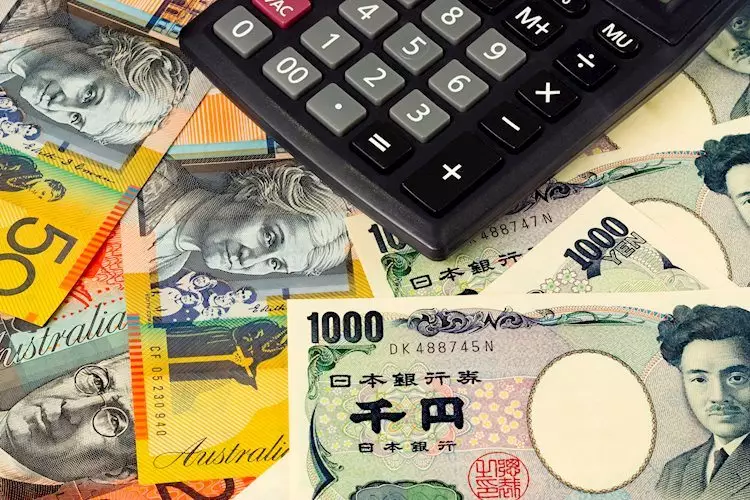The AUD/JPY cross has gained momentum near 97.55 in Thursday’s Asian session, registering a 0.36% increase on the day. This increase can be attributed to the positive impact of the Chinese July Retail Sales data on the Australian Dollar (AUD). Chinese Retail Sales rose by 2.7% year-over-year in July, surpassing market expectations and providing support for the Aussie. However, it is important to note that the Chinese economy still faces challenges, as recent government measures have only slightly boosted private spending. Since China is Australia’s major trading partner, any weaknesses in the Chinese economy could potentially weigh on the AUD in the near term.
In addition to the Chinese Retail Sales data, other economic indicators from Australia have also influenced the AUD/JPY exchange rate. Australia’s Unemployment Rate increased to 4.2% in July, slightly higher than the previous month. As a result, markets are now pricing in the possibility of a 25 basis points rate cut by the Reserve Bank of Australia (RBA) in December. The RBA’s monetary policy decisions play a crucial role in shaping the value of the Australian Dollar. The level of interest rates set by the RBA, inflation rates, economic growth, and trade balance of Australia all impact the AUD’s performance in the currency market.
On the other side of the equation, the Japanese Yen (JPY) faces uncertainty surrounding the timeline of the Bank of Japan’s (BoJ) rate hike. Japanese Economy Minister Yoshitaka Shindo emphasized the need for close collaboration between the government and the BoJ to manage macroeconomic policies effectively. BoJ Governor Kazuo Ueda’s statement regarding the possible adjustment of easing measures based on economic and price outlook adds to the uncertainty surrounding the JPY. This uncertainty could potentially put downward pressure on the Japanese currency in the near future.
Several key factors influence the movement of the AUD/JPY exchange rate. The level of interest rates set by the RBA, Australia’s largest trading partner China’s economic health, iron ore prices, and the country’s trade balance all play a significant role in shaping the value of the Australian Dollar. The RBA’s monetary policy decisions, including interest rate adjustments and quantitative easing measures, directly impact the AUD. Positive or negative developments in the Chinese economy can also affect the demand for Australian exports and, consequently, the value of the AUD. Additionally, fluctuations in iron ore prices, Australia’s primary export commodity, can impact the AUD/JPY exchange rate. A rise in iron ore prices generally leads to an increase in the value of the Australian Dollar, while a decline has the opposite effect.
The AUD/JPY exchange rate is influenced by a combination of domestic and international factors. The recent positive Chinese Retail Sales data has provided a boost to the Australian Dollar, while uncertainties surrounding the BoJ’s rate hike timeline have weighed on the Japanese Yen. Moving forward, market participants will closely monitor economic indicators, central bank policies, and external developments to gauge the future direction of the AUD/JPY exchange rate.

